Do They Have Alarms on Art in Museum Simothsina
With its art treasures spanning seven millennia - from the earliest civilizations in ancient Egypt to the stop of the eighteenth century - the Kunsthistorisches Museum (KHM)in Vienna ranks amongst the worlds greatest and well-nigh significant museums. SICKinsight spoke with Felia Brugger, who is responsible for the KHMs security management, about strategies towards effective and yet visitor-friendly protection of the exhibits.
SICKinsight: What makes the Kunsthistorische Museum in Vienna 1 of the greatest and most significant museums in the world?
Felia Brugger (M.Sc.), Head of Security Management at the Kunsthistorische Museum in Vienna
Felia Brugger: The KHM network includes several museums, and for every single one of these museums, it is appropriate to use superlatives. Just in terms of architecture, the Kunsthistorische Museum on its own is among the nearly important buildings of Viennas Ringstrasse Boulevard. The Paintings Gallery accommodated there is globe famous. The aforementioned building also houses our collection of Greek and Roman antiquities, the Egyptian and Near Easter collection, likewise as the coin collection, which features about 700,000 items, making information technology i of the worlds largest coin collections. Every year, our museums captivate thousands of visitors. I feel it to be a privilege every 24-hour interval to be able to work in a house like this.
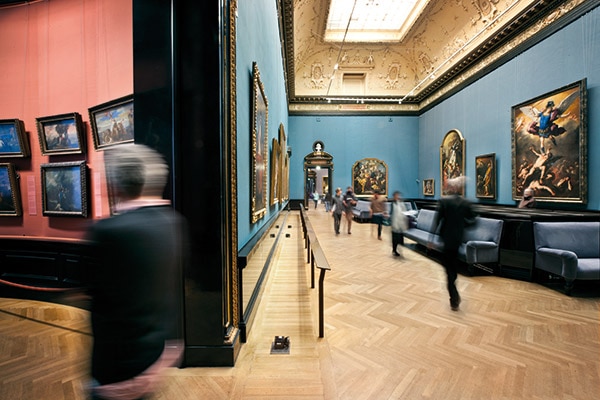
SICKinsight: Which kinds of problems and challenges ascend when it comes to protecting works of art in museums?
Felia Brugger: Security in museums encompasses the area of alien priorities between presenting and conserving. After all, the objects are supposed to exist shut to the viewer, they are meant to touch, every bit it were, without being touched. Protection requires making compromises on a permanent basis. In historical buildings like ours, some measures are either impossible to implement altogether or only with very all-encompassing efforts. Therefore, the protective action always constitutes a combination of structural, mechanical, technical, personnel, and organizational measures.
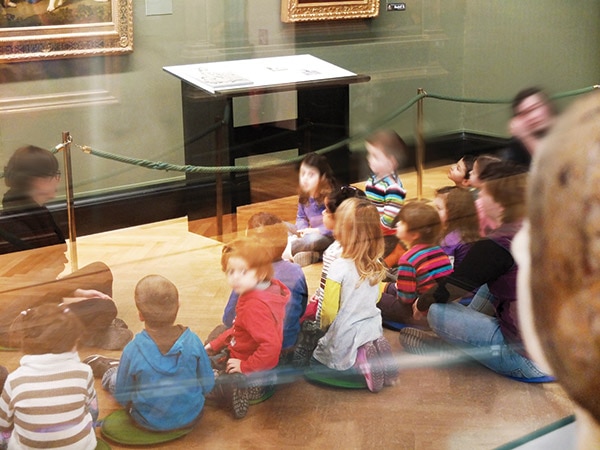
SICKinsight: What were your goals when y'all took on the museums security management?
Felia Brugger: 1 of my prime objectives afterward assuming this responsibility in 2008 was the number of false alarms. You may have heard nearly the theft of the Saliera or Salt Cellar in 2003. At the time, a person forced his way into the KHM via scaffolding. In doing so, the man triggered the alarm, something the team of security guards in the security center ignored because that entirely normal twenty-four hours had seen numerous alarms triggered due to obsolete rubber technology. The thief got away with an exhibit estimated at 36.5 million euros. My efforts, therefore, aimed at eliminating false alarms as far every bit possible. A second important result is protection confronting vandalism. Frequently, mere seconds make a difference in whether a work of art tin can be saved or not. Security oftentimes translates into a gain in fourth dimension.
 Saliera from Benvenuto Cellini
Saliera from Benvenuto Cellini
SICKinsight: What are the demands yous make on security measures?
Felia Brugger: It is essential that security-relevant atmospheric condition exist indicated reliably. On top of that, the security engineering science used must exist compatible with already existing measures and, equally far as possible, with future systems besides. To me information technology is also important that a system is as easy to operate equally possible. Of course, staff has received special training and clear instructions. However, anything that is like shooting fish in a barrel to operate in an warning upshot increases security.
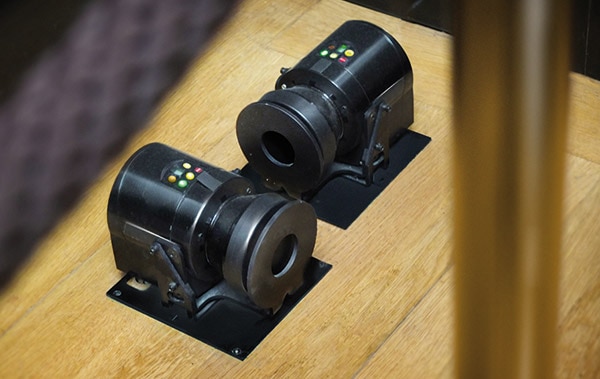
SICKinsight: Why did you make up one's mind in favor of sensor technology from Ill?
Felia Brugger: To begin with, the deciding factor was that these laser detectors work extremely accurately and reliably. There are practically no faux alarms. We receive exact information well-nigh any example of someone coming as well close to a painting, enabling us to react immediately. Some other reason was the blazon of detection. The laser detectors from Sick provide the option of detecting spray mist comprised of diverse media, thus recognizing vandal attacks. I know of no other system capable of doing that. The 3rd argument was the flexibility of the laser detectors. In the Painting Gallery, we often see re-hangings and special exhibitions have place. Whereas other systems had to be readjusted in elaborate means, laser detectors provide the possibility of securing the entire wall, no matter what changes on it.
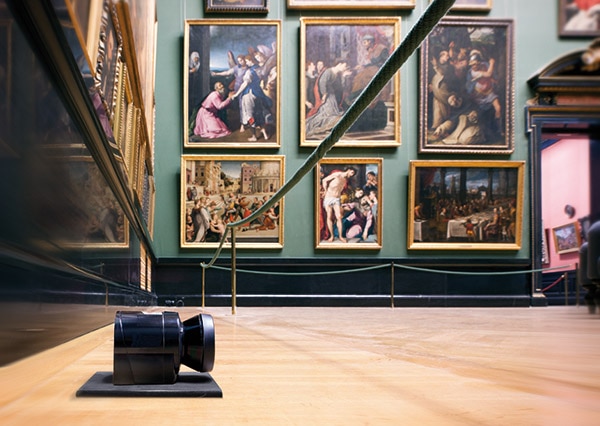
SICKinsight: What has improved by using the laser detectors?
Felia Brugger: From many years of experience, I tin can merely ostend that the systems piece of work extremely accurately. False alarms practically practise non happen at all anymore; existent alarms are indicated very precisely. That is why in the meantime laser detectors see use in other areas of our houses as well, for case, to secure outside façades or to protect items such as big tapestries.
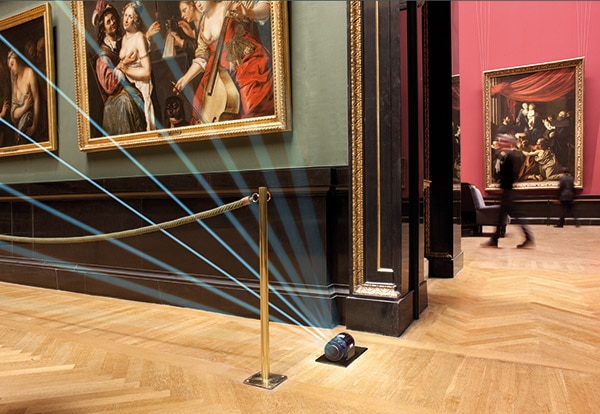 Everything "in sight": the laser detector from Ill
Everything "in sight": the laser detector from Ill
- Sensor solutions from Sick: Building automation
- Website: Kunsthistorisches Museum in Vienna
Source: https://www.sick.com/mx/es/laser-detectors-protect-art-treasures-at-kunsthistorisches-museum-in-vienna/w/blog-laser-detectors-protecting-art-treasures-at-kunsthistorisches-museum-in-vienna/
0 Response to "Do They Have Alarms on Art in Museum Simothsina"
Postar um comentário